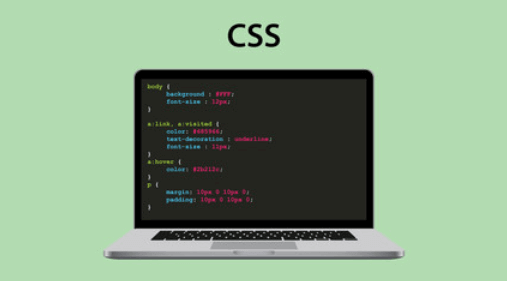Question
a.
Yes
b.
No
c.
May be
d.
Can't say
Posted under Context Free Grammar and Syntax Analysis Compiler Design
Engage with the Community - Add Your Comment
Confused About the Answer? Ask for Details Here.
Know the Explanation? Add it Here.
Q. Can Left Linear grammar be converted to Right Linear grammar
Similar Questions
Discover Related MCQs
Q. Regular Grammars generate Regular Languages.
View solution
Q. A Regular Grammar is any right-linear or left-linear grammar.
View solution
Q. Which Type of Grammar is it?
S → Aa A → Aab | λ
View solution
Q. Which Grammar is it?
View solution
Q. S → abS S → a is which grammar
View solution
Q. In Right-Linear grammars, all productions have the form: A → xB
View solution
Q. Linear grammar has more than one non-terminal on the right-hand side.
View solution
Q. Non-Linear grammar has has two non-terminals on the right-hand side.
View solution
Q. The regular expression denote a language comprising all possible strings of even length over the alphabet (0,1)
View solution
Q. The production Grammar is {S->aSbb, S->abb} is
View solution
Q. Which of the following String can be obtained by the language L = {ai b2i / i >=1}
View solution
Q. Give a production grammar that specified language L = {ai b2i >= 1}
View solution
Q. How many strings of length less than 4 contains the language described by the regular expression (x+y)*y(a+ab)*?
View solution
Q. Which of these does not belong to CFG
View solution
Q. A regular Grammar is a?
View solution
Q. Assume statements S1 and S2 defined as: S1: L2-L1 is recursive enumerable where L1 and L2 are recursive and recursive enumerable respectively. S2: The set of all Turing machines is countable. Which of the following is true?
View solution
Q. Given the following statements:
(i) Recursive enumerable sets are closed under complementation.
(ii) Recursive sets are closed under complements.
Which is/are the correct statements?
View solution
Q. Consider the grammar given below E? E+E | E*E | E-E | E/E | E^E | (E) | id Assume that + and ^ have the same but least precedence, * and / have the next higher precedence but the same precedence and finally ^ has the highest precedence. Assume + and ^ associate to the left like * and / and that ^ associates to the right. Choose the correct for the ordered pairs (^,^) , (-,-) , (+,+) , (*,*) in the operator precedence table constructed for the grammar
View solution
Q. If P & R are regular and also given that if PQ=R, then
View solution
Q. Assume the statements S1 and S2 given as:
S1: Given a context free grammar, there exists an algorithm for determining whether L (G) is infinite.
S2: There exists an algorithm to determine whether two context free grammars generate the same language.
Which of the following is true?
View solution
Suggested Topics
Are you eager to expand your knowledge beyond Compiler Design? We've curated a selection of related categories that you might find intriguing.
Click on the categories below to discover a wealth of MCQs and enrich your understanding of Computer Science. Happy exploring!

Software Engineering
Learn about the systematic approach to developing software with our Software...

Microprocessor
Understand the heart of your computer with our Microprocessor MCQs. Topics include...






.png)